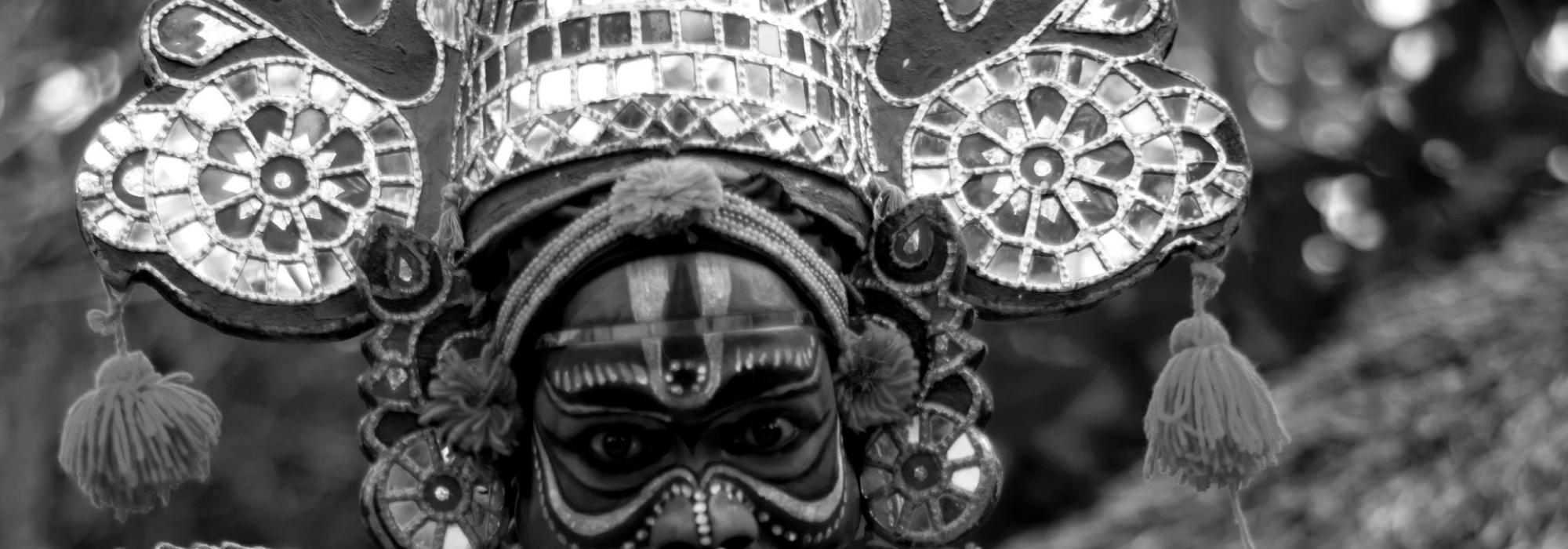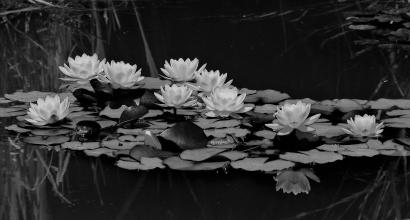One of the greatest losses of the so-called Dravidian discourse in Tamil Nadu is the loss of a number of Hindu devatas or deities in the civilizational consciousness of the Tamils. More pointedly, the cultural-heritage-loss that accompanied this devata loss has in many cases become irreversible. To restate the obvious, most ancient and medieval era temples in Tamil Nadu today have become dens of corruption, squalor, and pettiness at all levels. This rampant degradation continues unchecked. The Government-appointed administrative heads of these temples are not only ignorant of even something as basic as the temple's kshetra or sthala puranas – oral and even written history – but dismiss it with a contempt that has to be seen to be believed. This is the visible, physical aspect of this deity loss in the people’s collective cultural consciousness. That which nobody cares about will be ignored, and this ignorance will lead to stagnation, decay, and eventual disappearance. Government control of temples is only one of the causes—the real loss has really occurred at the level of the atman.
Perhaps nowhere is the loss of Hindu deities more visible, greater or more destructive than in the case of Rama. From the likes of writers who intentionally named themselves Ravanan all the way up to Karunanidhi whose coolness quotient derives from questioning the 'engineering qualifications' of Rama, this destruction has traversed a truly bloody path.
Thankfully, for those who still care, there is still enormous material available in the form of books, ancient manuscripts that speak for themselves. This essay is a brief survey that traces the Rama (and Ramayana) tradition and consciousness in Tamil Nadu as it was handed down from the ancient to the medieval period, and parts of it which still survive.
The Sangam corpus is typically used as a reliable primary source for much of the historical information about Tamil Nadu. The Sangam era’s historicity spans 200 BCE to 200 CE. It is therefore reasonable to start tracing the Rama tradition in Tamil Nadu from this source. In general, Sangam literature contains numerous references to Vishnu (for example, in பரிபாடல்) and his prominent avatars like Narasimha, Rama, and Krishna. And then புறநானூறு, a collection of about 400 poems contains references to Ramayana.
Post-Sangam, the alvars were the true pioneers of the Vaishnava bhakti movement in Tamil Nadu. In a way, they were the spiritual progenitors of Sri Ramanuja, founder of Srivaishnavism, who held them in reverential esteem.
The term 'ஆழ்வார்' means 'one who is immersed' (in devotion to the lord). Between the twelve of them, the alvars composed what is known as the Naalaayira Divyaprabandham (literally, 'the 4,000 divine verses') dedicated to all forms of Vishnu. References to Rama are abundant in the prabandham literature, most notably in the poetry of Kulashekara alvar (a 9th century CE king from Kerala) who dedicated his life to worshiping Rama. What is even more significant, a fact that our history textbooks conceal, is that in an age where the varna system had reached deplorable levels, Thiruppaan, an untouchable was hailed as one of the alvars by the sheer force of his devotion, and was carried on the shoulders by a brahmana priest of the Ranganatha temple at Srirangam. A moving account of Thiruppaan’s devotion is narrated by the legendary Kannada poet, dramatist, and writer, Masti Venkatesha Iyengar in his play, Tiruppani.
Then there is Kambar’s இராமாவதாரம், popularly known as Kambaramayanam. This is the definitive, and epoch-making work that helped spread the Rama tradition throughout the Tamil land. Inspired by Valmiki, Kambar retold the epic in about 10,000 verses in Tamil. This work contributed not just to classical Tamil literature, but over time, became inseparable from routine Hindu religious worship. To date, the entire Ramavataram is recited in the Aadi month of the Tamil calendar, typically between 15 July to 14 August. Reciting the Ramavataram is also part of the regular worship, chanted alongside Sanskrit mantras.
In general, the Srivaishnava tradition holds Rama in special reverence. It spread its wings wide to disseminate the message of Rama in Tamil Nadu and beyond. A defining concept of Srivaishnavism is sharanagati or complete surrender to the lord. This in turn has its roots in Vibhishana’s surrender to Rama. From Ranganatha muni (Nathamuni) to Yaamunacharya to Ramanuja, every major Srivaishnava saint and philosopher composed an array of elaborate literature on Rama and helped build Rama/Vishnu temples across Tamil Nadu and in various parts of South India. Nathamuni remains immortal for recovering, collecting, organizing, collating, disseminating and popularizing the Naalaayira Divyaprabandham of the alvars, which had been lost.
The next saint-philosopher to significantly propagate the Rama movement was Sadashiva Brahmendra or Upanishad Brahmendra, who lived in Tiruchinapalli in the 18th century. He initiated the concept of Rama Parabrahma or 'Rama as brahman.' And the celebrity-follower of Brahmendra was the musician-composer Tyagaraja whose entire life centered on Rama. His music, lyric, and Rama bhakti have become immortal. The Thanjavur-Kaveri belt in Tamil Nadu came under the Rama bhakti spell owing to these influences, a civilizational and cultural inheritance that still reverberates in this region.
Other stalwarts of the Rama bhakti movement include the legendary Vedanta Deshika, who wrote a thousand verses on Sri Rama’s पादुका (sandals/footwear); Sridhar Sastry Aiyyaval; C. Rajagopalachari whose Chakravarthi Thirumagan is an acknowledged modern classic; the Kanchi Paramacharya; and the Ahobila Jeeyar.
The Rama bhakti movement also manifested itself in several areas such as art, music, dance, drama, and folk. To this day, art forms such as Oothakadu, Sulamangalam, Terukootthu, and Bhaagavata melas focusing on Ramayana-based themes are performed in various parts of Tamil Nadu. These have an unbroken existence of about a thousand years. Gopalakrishna Bharati’s Nandanar Charitram, popular even today is based on Arunachala Kavi’s Rama Natakam. The Nandanar Charitram has been adapted, revised, and customized several times over by eminent artists like Thanjavur Krishna Bhagavatar, and more recently by Balasaraswathi.
The fact that one of the holiest Hindu pilgrimage spots, Rameshwaram, is in Tamil Nadu speaks volumes. No less than Rama had himself installed two lingams, which are housed in the magnificent Ramanathaswami temple.
The Rama tradition also finds its expression in the names Tamil people give their children. Raman, Rameshwaran, Ramaswamy, Ramabhadran, Ramagopalan, Sitaraman, Sivaraman, Sivaramakrishnan, Ramasubramanian, and so on. But sadly, this long, rich, and vibrant tradition of Rama in the Tamil country has today largely remained only there—in the names of people.




































Comments